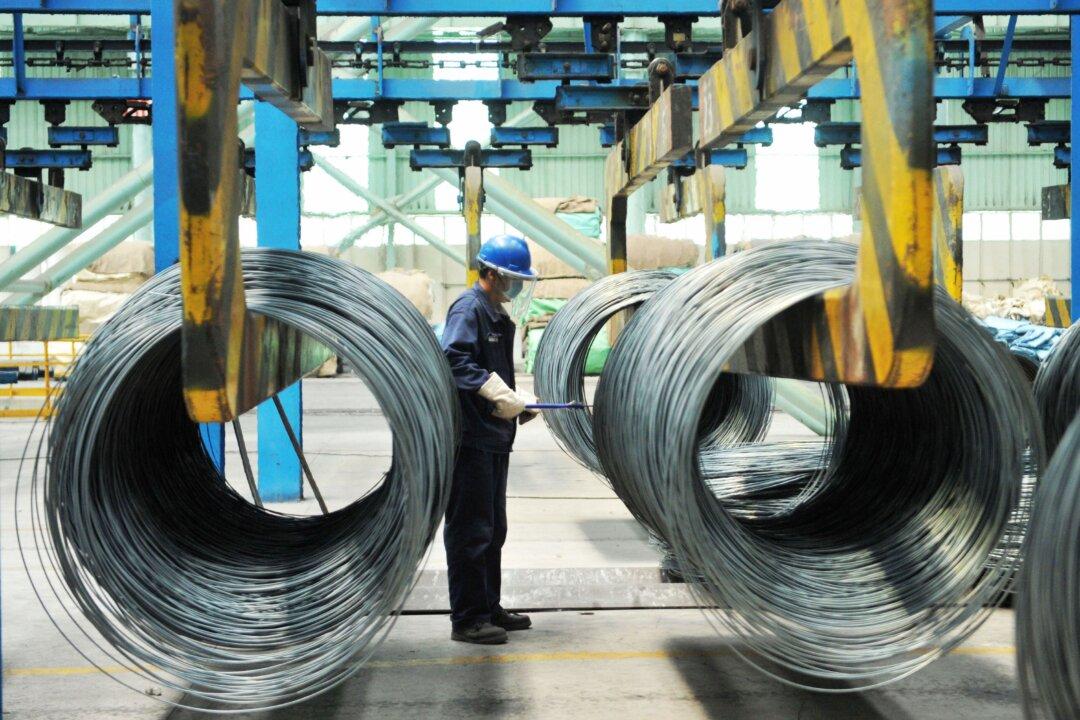With nearly $28 billion in unpaid debts, China Bohai Steel has begun to file for bankruptcy, in a process that will affect 48 factories and 105 creditors in Tianjin, a port city of 15 million people located near Beijing.
Bohai Steel’s bankruptcy process, which began in September, could have serious repercussions for the Tianjin financial sector, as it owes debts to seven major regional banks, including the Beijing Bank, Tianjin Bank, Tianjin Binhai Rural Commercial Bank, China Construction Bank, Shanghai Pudong Development Bank, Industrial Bank, and Bank of China.
The Beijing Bank, Tianjin Bank, and Tianjin Binhai Rural Commercial Bank each own more than 10 billion yuan (about $1.5 billion) of Bohai Steel’s debt, while each of the other four banks owns 6 billion yuan (about $870 million) to 10 billion yuan of debt.





